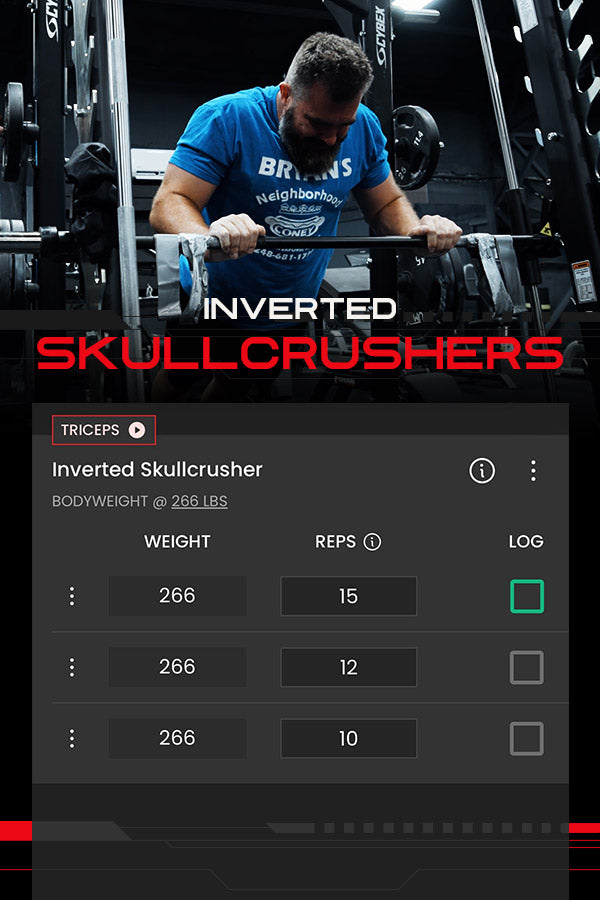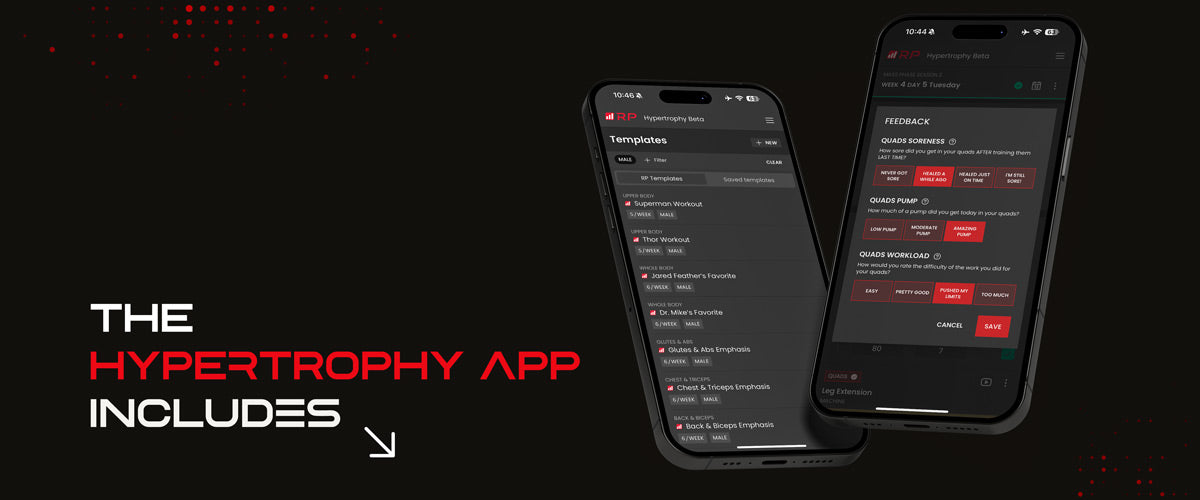By: Trevor Fullbright
After 13 years of trench warfare in the NFL, Jason Kelce isn’t chasing PRs or grinding through punishing two-a-days anymore. He’s after something much more important: feeling good in his body.
So we had Jason stop by Dr. Mike’s gym to talk candidly about his goals post-retirement – to look big and strong, be big and strong, and not have his joints feel like a train wreck after every workout.
This approach isn’t just smart, it’s essential. The jump from elite-level football to everyday training is no joke, and Jason’s new game plan should be a blueprint for anyone dealing with a beat-up body but still hungry to lift hard.
In this article, we’ll break down Jason’s new approach to training and why it works. Whether you’re in a similar spot or just looking to train smarter, you’ll walk away with a clear game plan to get big, stay strong, and keep your joints happy in the process!
Why Training Like This Actually Works
When your joints have been through the wringer, like 13 NFL seasons’ worth of wear and tear, you can’t train like a 22-year-old trying to max out every lift.
And honestly, you don’t need to.
Using controlled reps, moderate weights, and deep stretch positions isn’t just a safer approach. It’s one of the most effective ways to build muscle and keep your joints feeling good. Slowing things down puts more tension on the muscle you’re trying to grow and less on the stuff you’re trying to keep healthy, like your shoulders, elbows, and knees.

Stretch-focused movements also drive growth in a way that’s joint-friendly and surprisingly powerful. Combine that with smart rep ranges and you’ve got a setup that builds muscle, improves stability, and doesn’t leave you wrecked the next day.
And it’s not just about reducing joint stress. It can actually improve joint health over time. Training through a full range of motion helps build strength and resilience across the entire movement pattern. That gives your joints more muscular support, better flexibility, and lowers your risk of injury.
This isn't taking it easy. This is training smart. And for someone like Jason, or anyone who wants to keep making progress without constantly beating themselves up, it's the perfect foundation.
The Split: Upper Body for Size, Lower Body for Strength
You don’t always need to chase max size everywhere. For example, Jason already has legs that could anchor a suspension bridge. Now his goal is to bring up the upper body to match, get that thick, powerful look up top, and keep the leg strength that made him a menace on the field. And let’s be real, squatting heavy with the crew? That’s not just lifting. That’s religion.
Here’s the beauty of it. You can train your upper body like a bodybuilder and your lower body like a powerlifter who’s just trying to not lose gains. That means hammering your chest, back, and arms with higher volume and frequency while dialing back lower body work to just what you need to maintain.
Even something as simple as a few sets of 4 to 6 reps for quads and hamstrings, once or twice a week, is usually more than enough to maintain size and continue building strength. And since that lower body volume is much lower than what you’d need for growth, it frees up a lot more recovery bandwidth to crank up your upper body training and push for real size gains.
Think about it: Strong legs. Big pump. No joint pain. Now, that’s the dream.
How to Set This Up for Yourself
If you're trying to train hard without wrecking your body, Jason Kelce's new approach is a pretty great model to follow. Whether you're fresh out of pro sports or just feeling all those years of heavy lifting and hard living, this style of training checks all the right boxes. It's smart, it works, and it doesn't leave you limping to the car.
The biggest shift? Slowing things down. In Jason's session with Dr. Mike, everything was done with control. That means lowering the weight slowly, pausing in the stretch, and then pushing the concentric portion of the lift with intent. It's not about chasing numbers. It's about making every rep actually hit the muscle you're trying to train, without grinding your joints into dust.
Most of the exercises were chosen because they challenge you in the stretched position. Think deficit push-ups and deep incline presses. These movements don't just build muscle, they also help with joint health and flexibility. Basically, they make you look good and feel good, which is kind of the point.
Jason also learned a lesson a lot of us eventually face. Training six days a week sounds awesome until life hits you in the face. Between family, work, and everything else, three to four solid sessions a week is way more realistic and way more sustainable. You don't need to live in the gym. You just need to show up consistently and train with purpose.
One trick we had Jason use to make this workout brutally effective in a short amount of time was myo-reps. Not sure how to do myo-reps? It's simple. Hit a hard set close to failure, rest a few seconds, and then crank out mini-sets until you hit a rep goal. It saves time, keeps intensity high, and works great with bodyweight or machines. Perfect if you're in a hotel gym or just want to be in and out in 45 minutes.
Also, don't freak out if your reps drop a little from set to set. Jason noticed it and thought he was doing something wrong. He wasn't. That's just how fatigue works when you're actually training hard. If your first set is 12 and the next one is 9, that's fine. That's how it's supposed to go.
At the end of the day, this training style is efficient, joint-friendly, and great for building size and strength without feeling like you've been hit by a truck. Most workouts take around 45 minutes. No fluff. No wasted time. Just results.
Want to see what this actually looks like in practice?
Want to see what this actually looks like in practice? You can watch the full video to see the workout in action, complete with coaching cues, training tips, and a few laughs along the way.
Here's a snapshot of Jason's workout from his session with Dr. Mike, complete with exercises, weights, and reps.




If you want to train like this without overthinking every set and rep, the RP Hypertrophy app can help. It's packed with smart, joint-friendly workouts that grow muscle without the guesswork. Whether you're rebuilding after years of hard training or just want to make sure you're getting the most out of your time in the gym, the app gives you a plan built to actually work, no spreadsheets required.
Find Trevor on…
Instagram: @Trevorxgage

